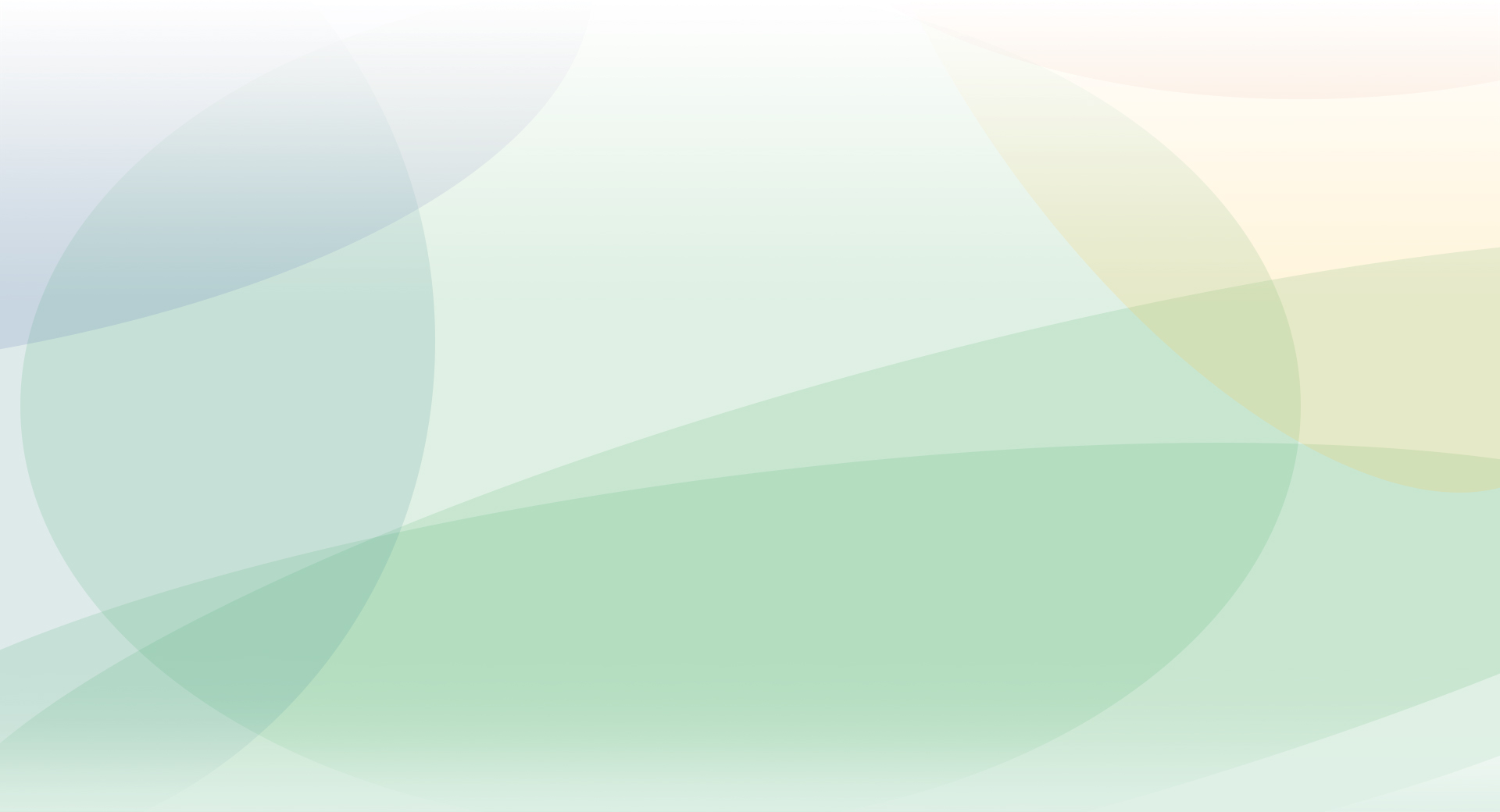The Three
Witches
Understanding The Three Witches also known as the Weird Sisters
Thunder and lightning. Enter three Witches
First Witch
When shall we three meet again
In thunder, lightning, or in rain?
Second Witch
When the hurlyburly’s done,
When the battle’s lost and won.
Third Witch
That will be ere the set of sun.
These, of course, are the opening lines to Shakespeare’s Macbeth, which contains arguably the best-known witches in literature. It’s a scene that is beautifully parodied in the opening paragraph of Terry Pratchett’s Wyrd Sisters:

As the cauldron bubbled an eldritch voice shrieked: ‘When shall we three meet again?’
There was a pause.
Finally another voice said, in far more ordinary tones: ‘Well, I can do next Tuesday.’
The witches are usually referred to as weird sisters in most modern editions of Macbeth. However, the First Folio‘s text reads:
The weyward Sisters, hand in hand,
Posters of the Sea and Land…
In later scenes in the first folio the witches are called “weyward”, but never “weird”. Weird for anglo saxons had a very different meaning than it does for a modern audience. Weird here comes from the Anglo-Saxon wyrd, and means fate or destiny. Thus the Weird Sisters are foretellers of Macbeth’s fate.
One of Shakespeare’s principal sources for the Three Witches is found in the account of King Duncan in Raphael Holinshed‘s history of Britain, The Chronicles of England, Scotland, and Ireland (1587).
The story of Macbeth in the Holinshed edition of 1577 includes an illustration depicting the Weird Sisters as the supernatural Fates, not as witches. They are wearing fairly elaborate gowns, each with a different pattern, not the rags of witches. One wears a necklace. Another has a peaked cap with a decorative streamer attached as in some paintings of Elizabethan aristocratic women. The three are quite elegant in their personae as the Weird Sisters, who are about to prophecy to Macbeth and Banquo. The engraving is the only contemporary illustration of the scene, and it shows them as the Weird Sisters, the Fates
They hold a striking resemblance to the three “Fates” (in Greek mythology), and are, perhaps, intended as a twisted version of them.




